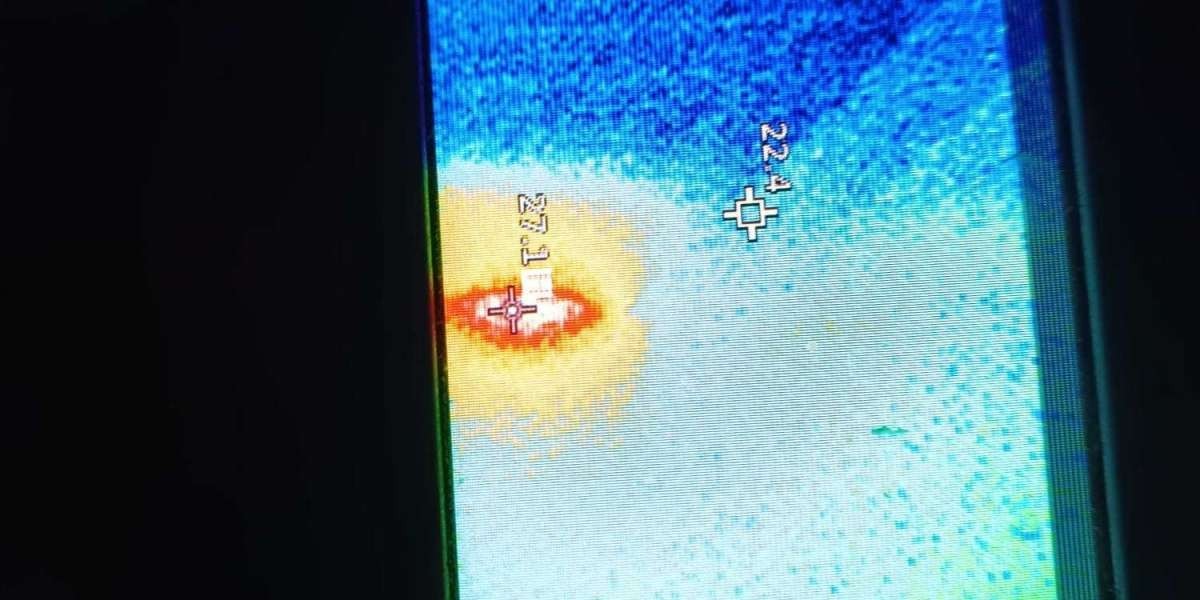Climate control units – Highlights advanced AHU technologies ensuring precise climate and air quality control for various applications.
Climate control units are comprehensive systems designed to manage all facets of the internal environment of a space—primarily temperature, humidity, and air quality—to a precise, stable, and pre-defined level. These systems go beyond basic heating and cooling to create an optimized, controlled environment for human comfort, product storage, or industrial processes.
Scope and Components:
A true climate control system integrates all three elements of HVAC (Heating, Ventilation, and Air Conditioning) but adds the critical dimension of Humidity Control.
Temperature Control: Maintaining a set point (e.g., 72∘F) using heating and cooling coils and often using variable capacity systems to prevent temperature swings.
Humidity Control: This involves both humidification (adding moisture) and dehumidification (removing moisture). This is accomplished using specialized dehumidification coils (cooling air below its dew point) or desiccant-based technologies, or through steam or spray humidifiers. Stable humidity is crucial for preserving assets and is a critical factor for human comfort.
Air Quality and Circulation: The unit filters and circulates air, often using highly efficient fans to maintain continuous airflow while minimizing noise.
Control and Automation: The system relies heavily on sensors (temperature, humidity, CO2) and an intelligent control system (often integrated with a Building Management System) to constantly monitor and adjust the system's output to maintain the pre-set climate parameters.
Qualitative Preservation Benefits (Storage/Archives):
In preservation applications (e.g., archives or climate-controlled storage), the control of humidity is paramount. Fluctuations in temperature and humidity can cause materials like wood to warp, paper to become brittle or swell, and metals to corrode. A stable climate control unit mitigates these risks by creating a consistent, protective environment that slows the degradation process, thereby preserving the intrinsic value of stored items or assets over a long duration.
Advanced Features:
Modern climate control units often feature smart technology for multi-site control, allowing facility managers to monitor and adjust the environment across multiple locations remotely. They also incorporate features like fault diagnostics and cloud-based analytics, optimizing the system's energy usage based on real-time data, thus integrating comfort, efficiency, and intelligence.
Climate Control Units FAQs
1. What is the most crucial function of a climate control unit in a museum or archive setting?
The most crucial function is precise and stable humidity control. Fluctuating or high humidity levels cause moisture-sensitive materials (wood, paper, textiles, paint) to expand, contract, or suffer mold growth, leading to irreversible damage. Stable climate control is essential for long-term preservation.
2. What does a climate control system prevent beyond simple discomfort in a building?
Beyond discomfort, a system prevents numerous detrimental outcomes including: the build-up of toxic gases (like CO2 or radon), the growth of mold and mildew due to excess moisture, the transmission of airborne pathogens (via filtration), and damage to building assets and electronics caused by temperature and humidity extremes.
3. How is the air quality feature different in a climate control unit versus a standard air conditioner?
A standard air conditioner primarily cools and sometimes dehumidifies as a secondary effect. A climate control unit integrates multi-stage, higher-efficiency filtration (sometimes HEPA or activated carbon) and dedicated ventilation (bringing in fresh, filtered air) as core functions to manage and dilute a broader spectrum of contaminants and ensure a specified air quality level.
More Related Reports:






